alwepo.com, How to Connect Exhaust Pipes Without Welding – Connecting exhaust pipes without welding is an essential skill for automotive enthusiasts, DIY mechanics, and professionals who want a reliable and durable exhaust system without the complexity of welding. Whether you are looking to replace a damaged section, upgrade your system, or customize your vehicle, knowing the alternative methods can save time, money, and effort. This article will explore the various techniques and tools available for connecting exhaust pipes without welding, providing step-by-step instructions, tips, and insights to ensure a successful and lasting installation.
Table of Contents
ToggleIntroduction to Exhaust Pipe Connections
The exhaust system is a critical component of a vehicle, responsible for directing harmful gases away from the engine and passenger compartment. It plays a key role in reducing emissions, improving engine performance, and minimizing noise. Traditionally, welding has been the go-to method for connecting exhaust pipes due to its strength and permanence. However, welding requires specialized equipment, skills, and safety precautions, making it inaccessible for many DIYers and hobbyists.
Fortunately, several non-welding methods are available that can provide secure and durable connections. These methods include exhaust clamps, exhaust couplers, exhaust band clamps, and exhaust paste or sealant. Each method has its advantages and is suitable for different types of repairs and installations.
Methods for Connecting Exhaust Pipes Without Welding
1. Exhaust Clamps
Exhaust clamps are one of the most common methods for joining exhaust pipes without welding. They are available in various styles, including U-bolt clamps, band clamps, and V-band clamps. Each type has specific applications and benefits:
- U-Bolt Clamps: These are the most traditional and widely used clamps. They consist of a U-shaped bolt and a saddle that tightens around the exhaust pipes. U-bolt clamps are affordable and easy to install, making them a popular choice for quick repairs.
- Band Clamps: Band clamps provide a more uniform and secure connection compared to U-bolt clamps. They wrap around the exhaust pipes and use a bolt to tighten the band, creating a leak-proof seal. Band clamps are ideal for connecting pipes of the same diameter and are often used in high-performance exhaust systems.
- V-Band Clamps: V-band clamps are typically used in high-performance and turbocharged applications. They consist of a V-shaped band that clamps around a pair of flanges welded to the exhaust pipes. While they require the initial welding of flanges, the actual connection is weld-free, allowing for easy disassembly and reassembly.
Installation Steps for Exhaust Clamps:
- Prepare the Pipes: Ensure that the exhaust pipes are clean and free of rust, dirt, and old gasket material. Use a wire brush or sandpaper to clean the surfaces where the clamp will be applied.
- Position the Pipes: Align the exhaust pipes so that they overlap or butt together, depending on the type of clamp used.
- Place the Clamp: Position the clamp around the joint, ensuring it is centered and covers the connection completely.
- Tighten the Clamp: Use a wrench or socket to tighten the bolts on the clamp. Ensure even tightening to avoid leaks and ensure a secure connection.
- Check for Leaks: Start the engine and check for exhaust leaks at the connection point. If any leaks are detected, tighten the clamp further or adjust its position.
2. Exhaust Couplers
Exhaust couplers are another effective method for connecting exhaust pipes without welding. Couplers are straight or stepped sleeves that fit over the ends of the exhaust pipes, creating a secure joint when clamped down. They are particularly useful for connecting pipes of different diameters.
Installation Steps for Exhaust Couplers:
- Measure the Pipes: Determine the diameters of the exhaust pipes to ensure you select the correct size coupler. Stepped couplers can accommodate different diameters on each end.
- Prepare the Pipes: Clean the ends of the exhaust pipes to remove rust and debris.
- Apply the Coupler: Slide the coupler onto one of the pipes, ensuring it fits snugly. Position the other pipe into the opposite end of the coupler.
- Secure with Clamps: Use exhaust clamps to secure the coupler to both pipes. Tighten the clamps evenly to prevent leaks.
- Inspect the Connection: Start the engine and check for any exhaust leaks. Re-tighten the clamps if necessary.
3. Exhaust Band Clamps
Exhaust band clamps are a versatile and reliable method for joining exhaust pipes. These clamps consist of a wide metal band that wraps around the pipes and tightens with a bolt. They provide a strong, leak-proof seal and are often used in professional installations.
Installation Steps for Exhaust Band Clamps:
- Select the Band Clamp: Choose a band clamp that matches the diameter of the exhaust pipes. Ensure the band is wide enough to cover the joint completely.
- Prepare the Pipes: Clean the pipe ends to ensure a smooth and rust-free surface.
- Position the Band Clamp: Wrap the band clamp around the joint, ensuring it covers the entire connection.
- Tighten the Clamp: Use a wrench to tighten the bolt on the band clamp. Ensure the clamp is evenly tightened to create a secure seal.
- Test for Leaks: Start the vehicle and check for any exhaust leaks around the clamp. Adjust and retighten as necessary.
4. Exhaust Paste and Sealant
Exhaust paste and sealant are used to create a leak-proof seal between exhaust pipes. They are often used in conjunction with clamps or couplers to ensure a secure connection. Exhaust paste is typically a high-temperature adhesive that hardens upon curing, filling gaps and preventing leaks.
Installation Steps for Exhaust Paste and Sealant:
- Clean the Pipes: Thoroughly clean the ends of the exhaust pipes to remove rust, dirt, and oil.
- Apply the Paste: Apply a generous amount of exhaust paste or sealant to the ends of the pipes. Ensure the paste covers the entire circumference of the pipes.
- Join the Pipes: Slide the pipes together, twisting slightly to distribute the paste evenly.
- Secure with Clamps: Use exhaust clamps to hold the pipes together while the paste cures. Tighten the clamps securely.
- Allow to Cure: Follow the manufacturer’s instructions for curing time. Avoid running the engine until the paste is fully cured.
- Inspect for Leaks: Once the paste has cured, start the engine and check for any exhaust leaks. Re-tighten clamps if necessary.
Tips for a Successful Exhaust Pipe Connection
- Use High-Quality Materials: Invest in high-quality clamps, couplers, and paste to ensure a durable and reliable connection.
- Ensure Proper Alignment: Misaligned pipes can cause leaks and reduce the lifespan of the connection. Take time to align the pipes properly before securing them.
- Check for Leaks: Always inspect the connection for leaks after installation. Even a small leak can lead to increased noise, reduced performance, and potential damage to the exhaust system.
- Regular Maintenance: Periodically check the exhaust connections for signs of wear, corrosion, or loosening. Regular maintenance can prevent issues before they become serious problems.
- Follow Manufacturer Instructions: When using exhaust paste or sealant, follow the manufacturer’s instructions for application and curing times to ensure optimal performance.
Advantages of Non-Welding Exhaust Pipe Connections
Connecting exhaust pipes without welding offers several advantages, making it an attractive option for many vehicle owners and mechanics:
- Accessibility: Non-welding methods are accessible to DIYers and hobbyists who may not have welding equipment or skills.
- Cost-Effective: Avoiding welding can save money on specialized tools and professional labor.
- Flexibility: Non-welded connections can be easily disassembled and reassembled, allowing for future modifications or repairs.
- Safety: Eliminating the need for welding reduces the risk of burns, fires, and exposure to harmful fumes.
Conclusion
Connecting exhaust pipes without welding is a practical and effective solution for many automotive repair and customization projects. By understanding and utilizing methods such as exhaust clamps, couplers, band clamps, and exhaust paste, you can achieve a secure, durable, and leak-free connection without the need for specialized welding equipment. Whether you are a seasoned mechanic or a DIY enthusiast, these techniques provide a reliable alternative to traditional welding, offering flexibility, cost savings, and ease of use. Follow the steps and tips outlined in this guide to ensure a successful exhaust pipe connection that enhances the performance and longevity of your vehicle’s exhaust system.

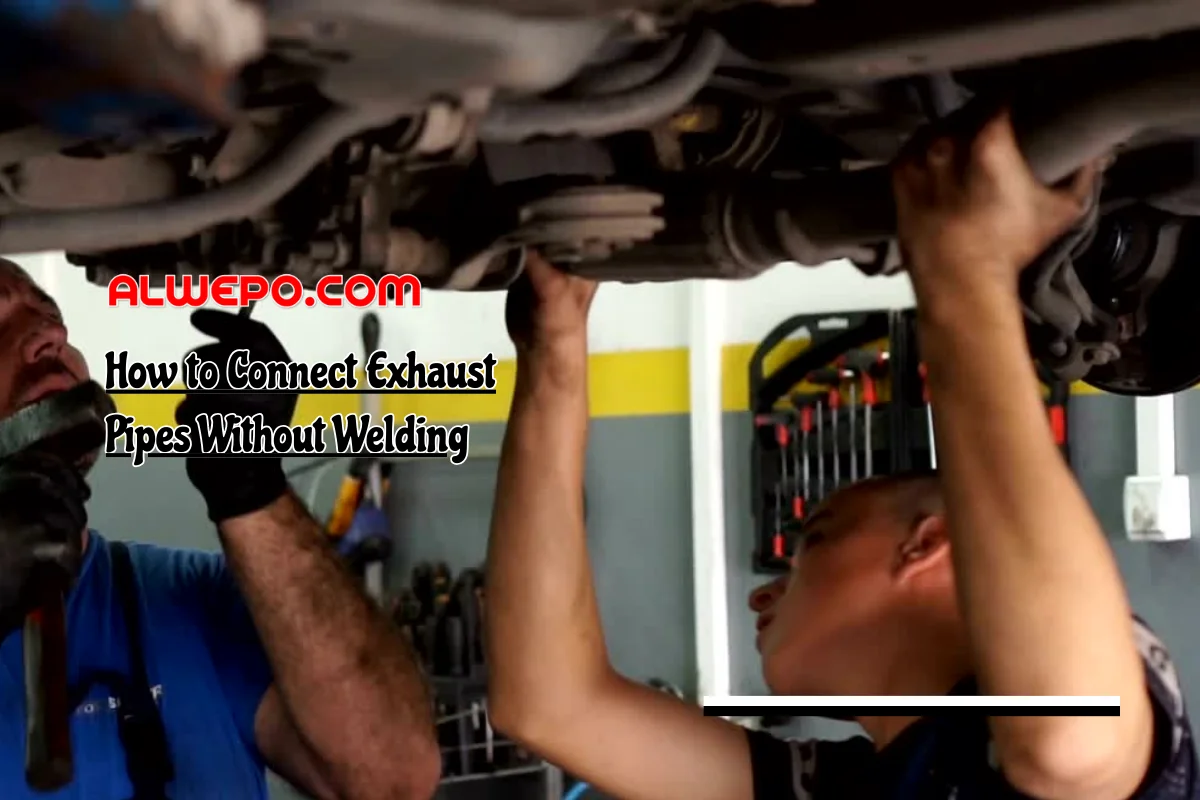

.jpg)


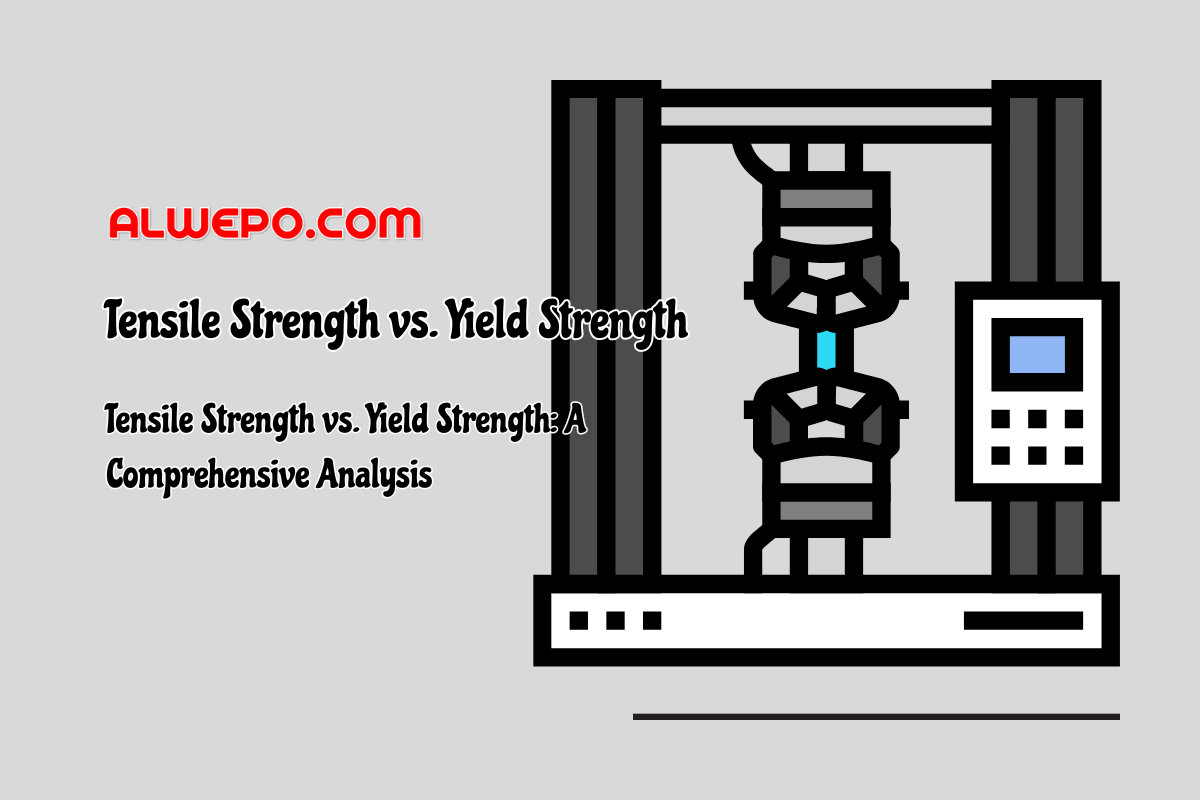
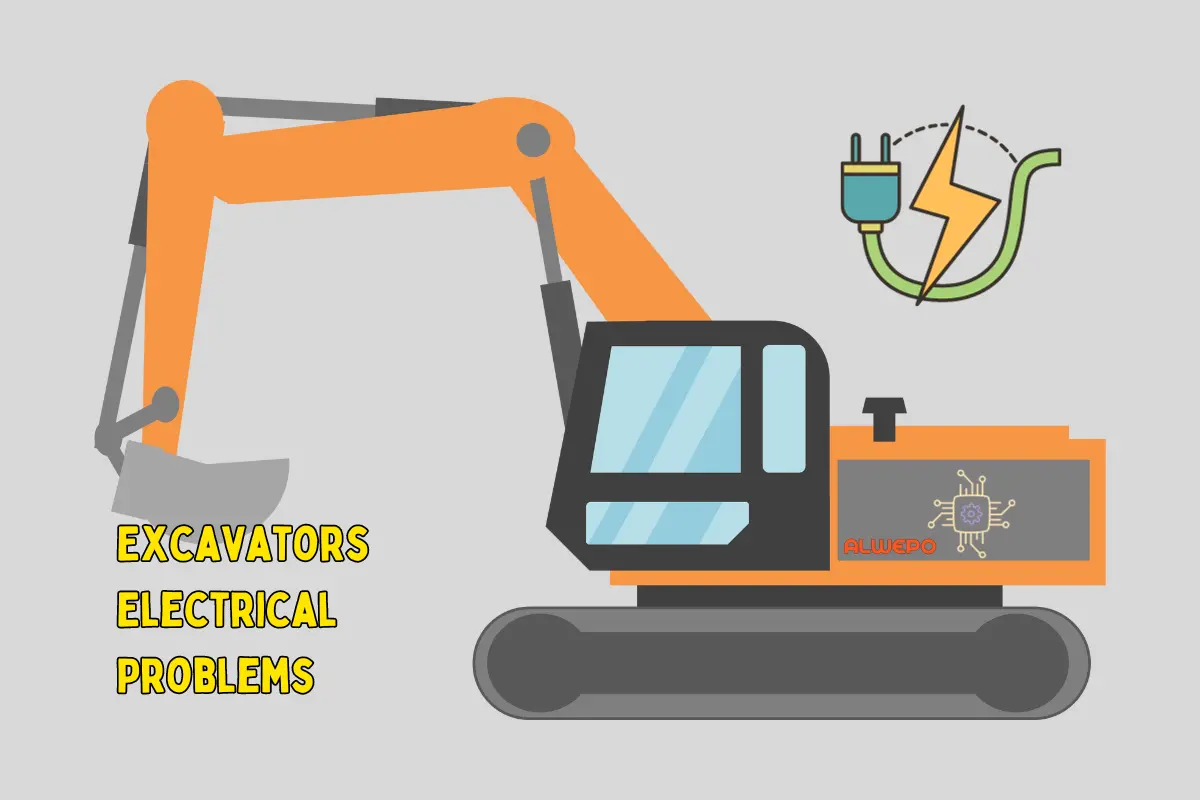

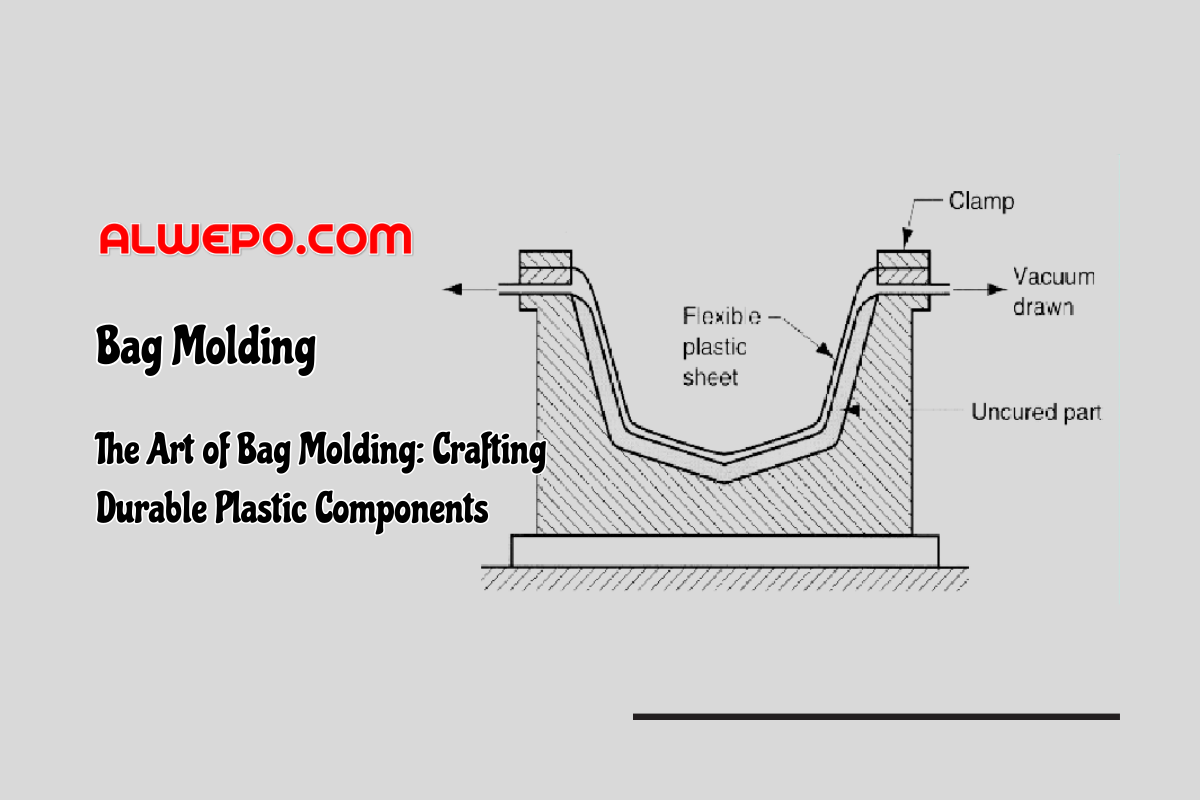


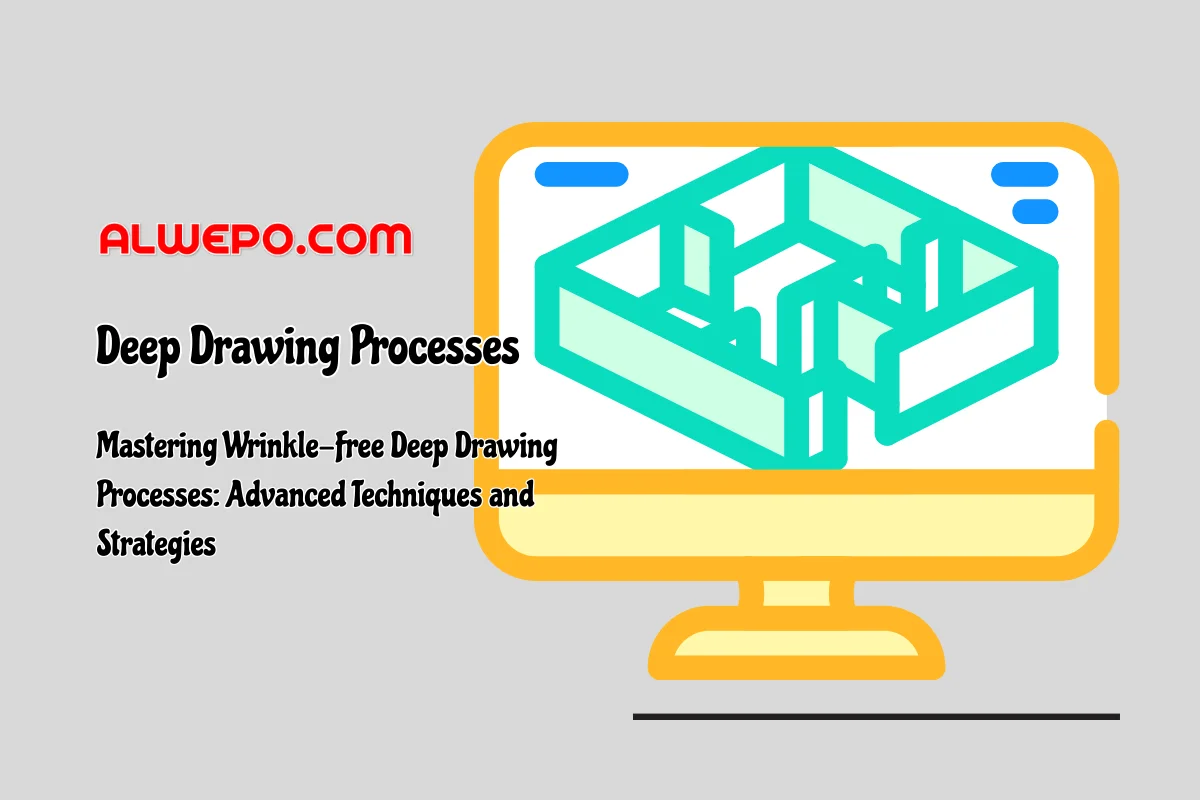


Leave a Reply
View Comments